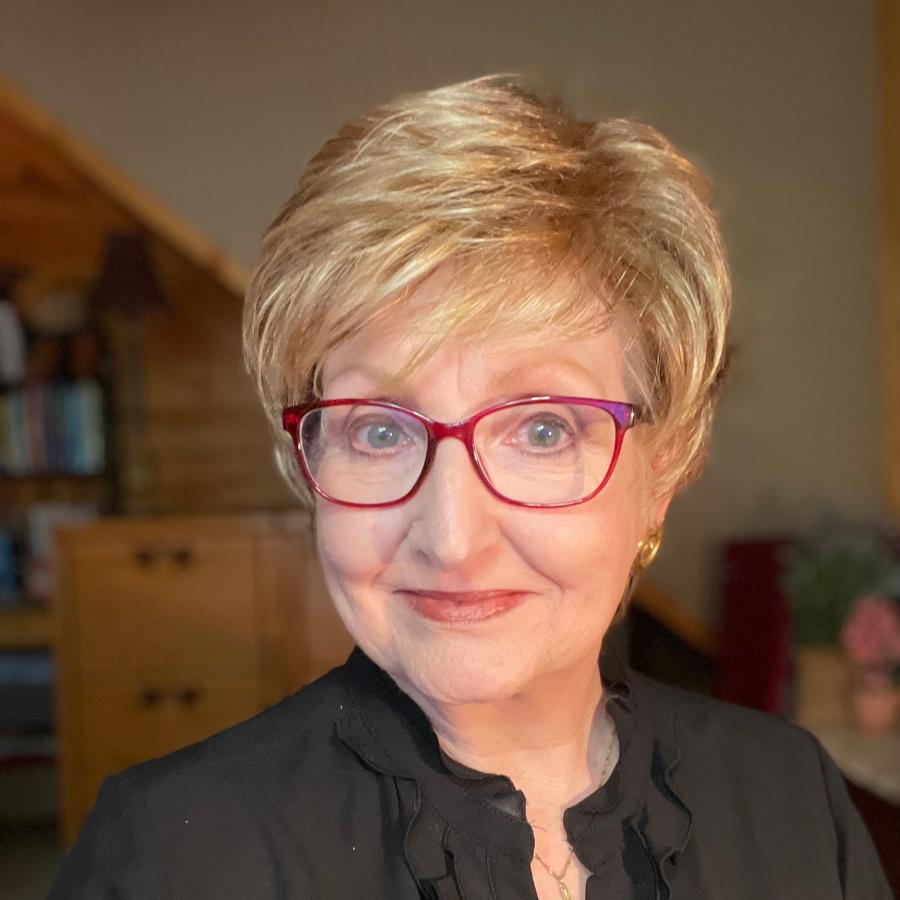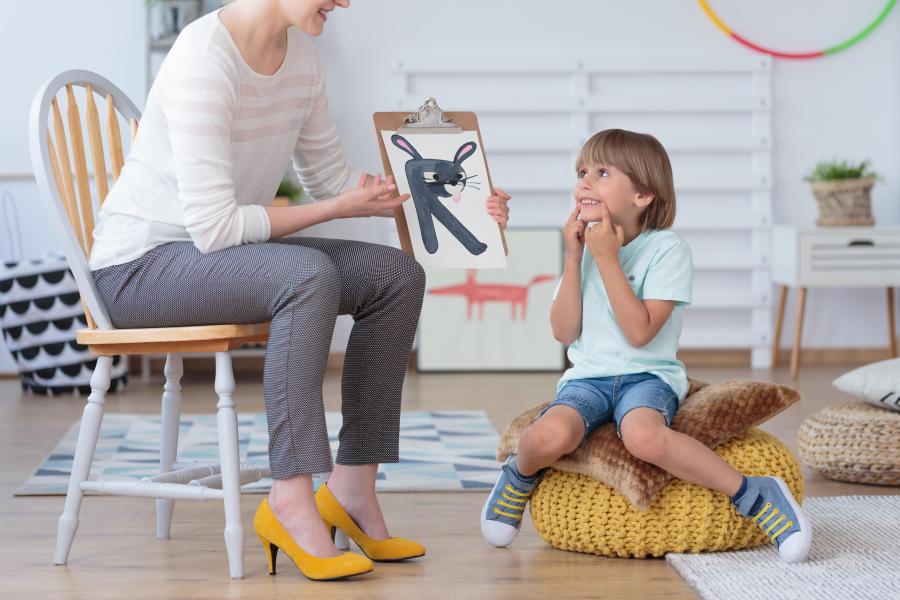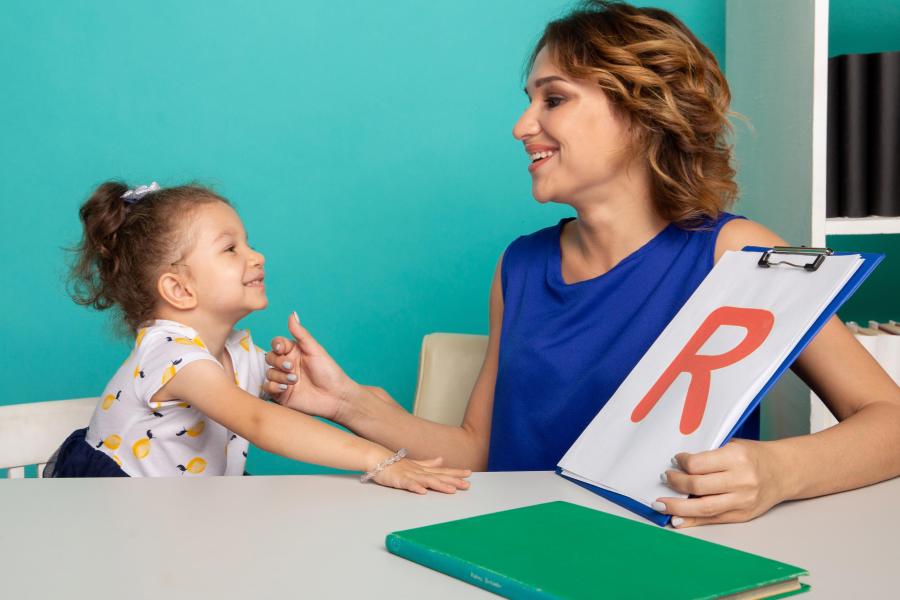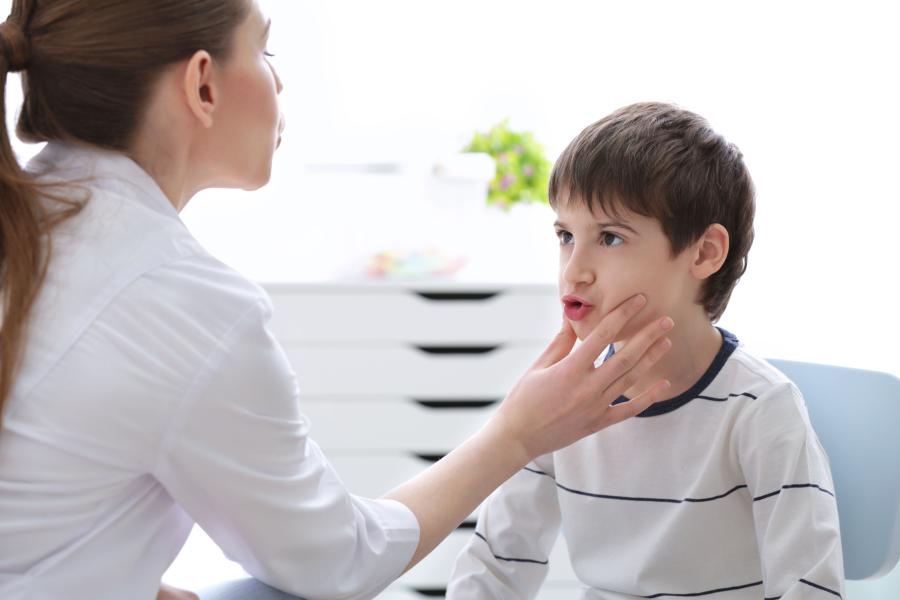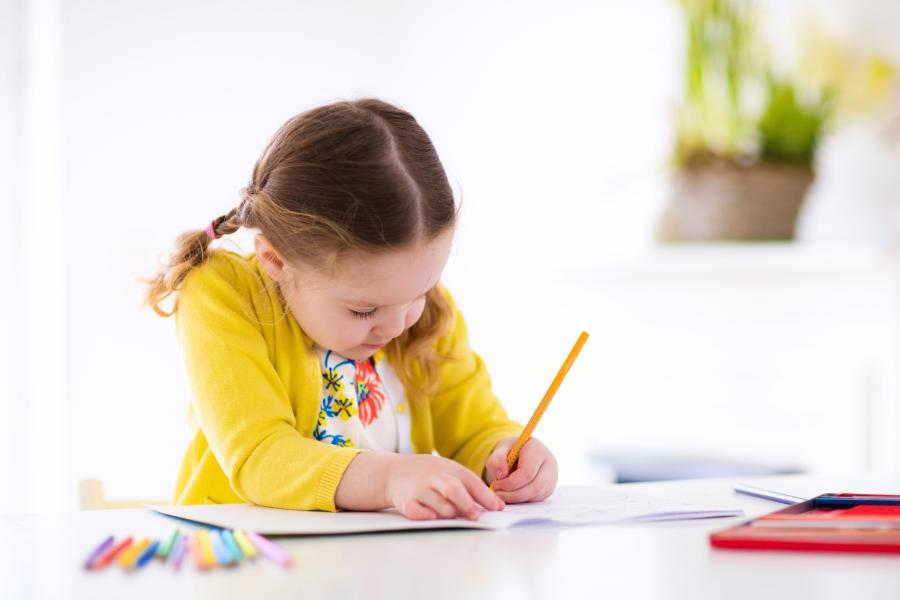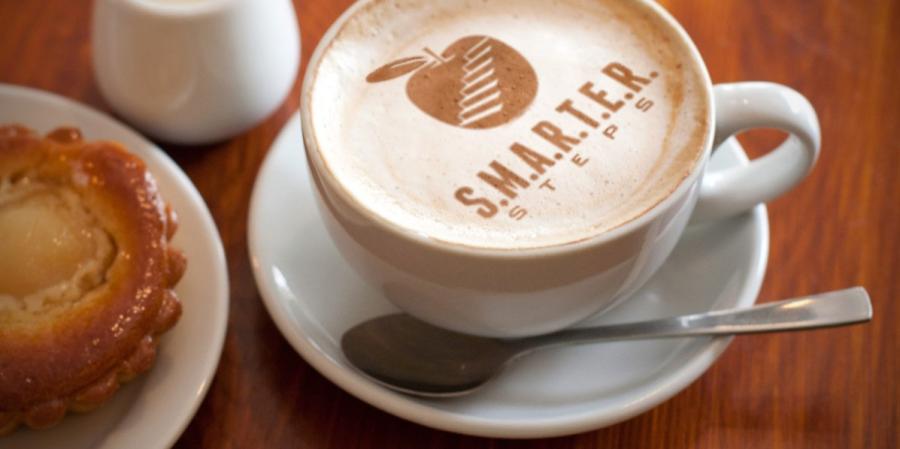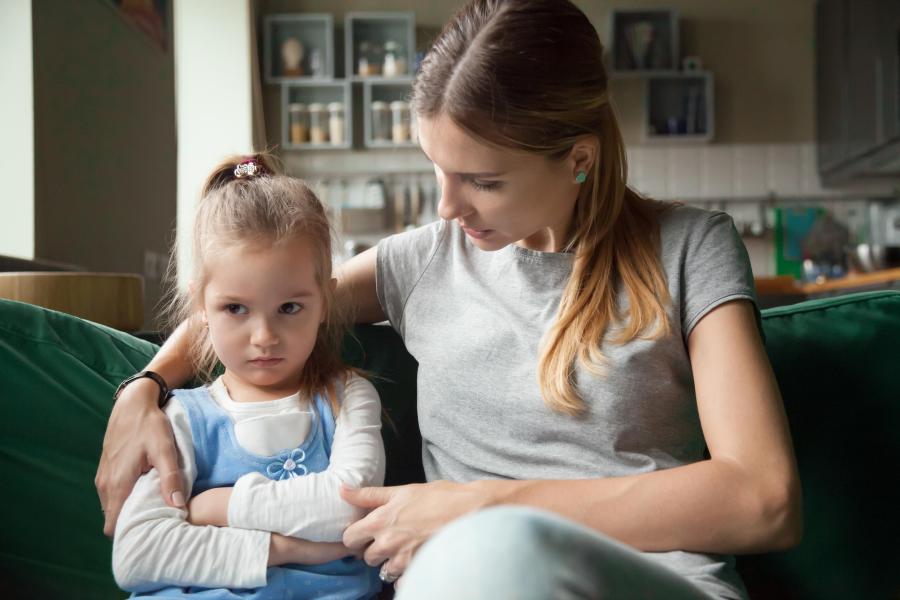If you work with children who have a distorted /r/, the following may be the most valuable and critically important strategy you’ll ever use.
To know where we’re going, let’s take an in-depth look at our destination.
Let’s think about—and feel—the /r/ placement together.
Close your eyes, and say /r/ out loud; sustain.
Pay careful attention to the bilateral elevation of the back-sides of your tongue.
Do you feel your back-tongue “corners” touching the area behind your back, top teeth?
It’s the same place you contact for /k/, /g/ and /ng/.
This significant mouth-part behind the top, back teeth is called your “retromolar pads.”
These pads are the primary points of destination for the sides of the back-tongue.
This tongue-to-pads contact not only provides the go-to placement for the tongue, but stabilizes the tongue during the entire /r/ production.
Do keep in mind,
Co-articulated speech requires small oral movements.
And to generate refined small movements, you must stabilize your tongue near the moving part.
The /r/ requires a solid stabilized bilateral footing.
The child needs to learn to get there quickly and consistently, during both types of r-contouring (The Back-Up /r/ and The Retroflex /r/), and eventually, across ALL contexts.
So how do you get your r-child to find the tongue-to-pads placement?
Answer: With a Dental Floss Holder (DFH)
This tool is amazing. It’s an SLPs best friend when working with /r/.
(Suggested resource, Amazon.com; the Flossaid Dental Floss Holder)
I suggest that each child has his/her own, and is only used during therapy sessions.
If it goes home, it rarely comes back.
Place each child’s DFH in a baggy along with a sticky note with his/her name on it.
Poke a few holes in the baggy for ventilation.
Every therapy session, with the tongs of the DFH, palate the back-tongue corners then the retromolar pads and ask the child to MATCH the two, i.e. elevate the back-tongue and touch the sides to the pads.
At first, palpate for them.
Eventually, each child will be able to palate his/her own tongue-pad placement.
Say to the child: “A good /r/ is made with the back of the tongue anchored to the pads behind your top, back teeth; like this.”
Show him/her your back-tongue and retromolar pads.
Then palpate the child’s.
The DFH tongs point down when palpating the back-tongue corners, and the DFH tongs point up when palpating the top pads.
It can be helpful if the child closes his/her eyes to heighten intra-oral tactile perception.
Encourage them to turn their thoughts intra-orally, “Send a spy down to your tongue and focus, place, and feel your tongue-sides on the top pads.”
Looking in a mirror is fine, but can be distracting for some children.
You may wish to spray some flavored spray on the tongs to increase sensory awareness and enjoyment. (Amazon.com; “Too Tarts Spray Candy”)
If your school district has intra-oral tool regulations, find out what they are and the rationale for them.
See if they would allow you to get special parent/caregiver approval.
Oral tools provide oral sensory assists to localize mouth-parts, just as a mirror provides a visual sensory assist. Tools are a helpful part of therapy.
Do keep in mind: Pad placement palpation is not “fancy sound-stim.” It’s not touch the pads and voila, a good /r/. But it sure is helpful.
It’s the most important piece in the formation of the /r/.
In fact, it’s one of three components of the /r/ production (in addition to respiration and phonation):
1. Placement - on the retromolar pads
2. Lingual Tension – sustained during the production, (/r/ requires the greatest amount of lingual tension of any consonant sound), and
3. A Resonance Chamber – the formation of either a pharyngeal resonance space (for The Back-up /r/), or, an oral space (for The Retroflex /r/)
If you want more on /r/, check out Char's courses:
"R" Solutions: From Capability to Carryover
Complete "R" Remediation Therapy
Also be sure to check out CharBoshart.com for Part 2 and 3, and for info and answers on the importance of and how to generate tongue tension and the resonance chamber for /r/.
Have fun!
